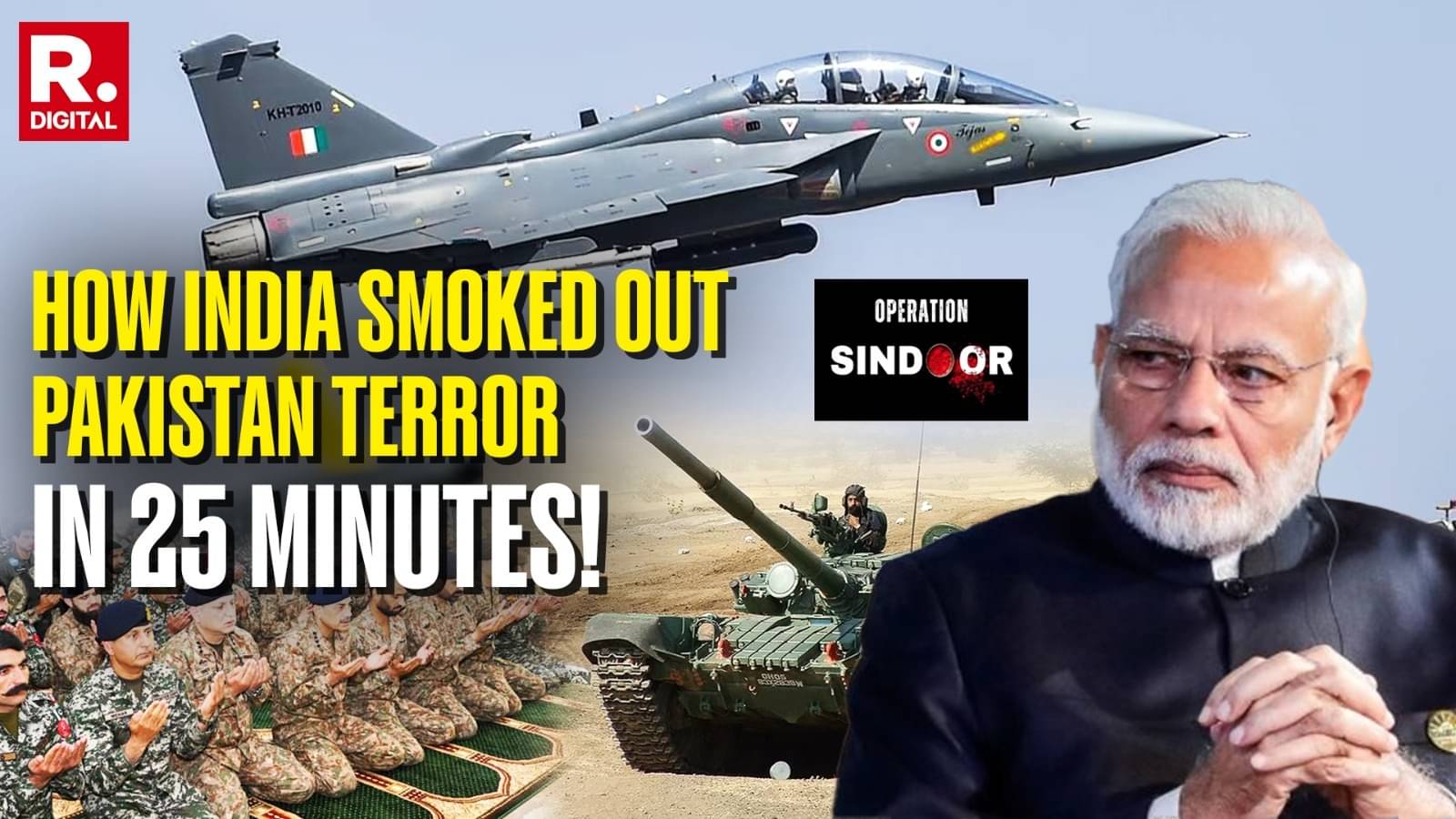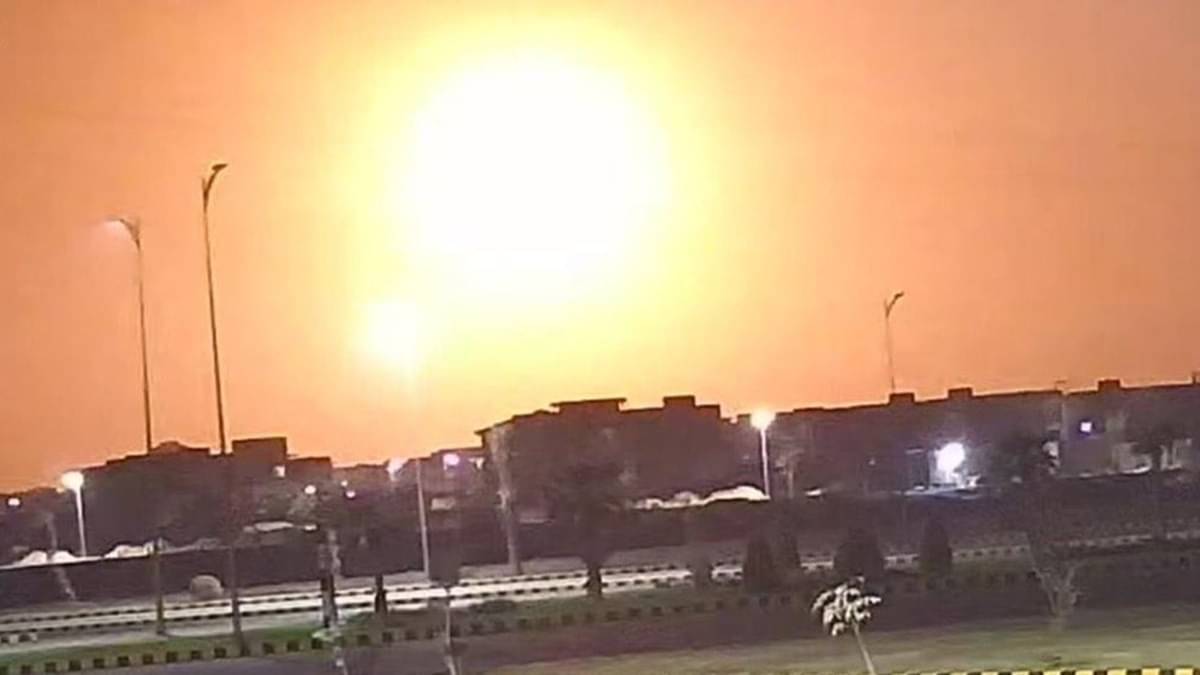Now Reading: Watch: Indian Army’s Operation Sindoor Destroys Pakistan Terror Camps in 25 Minutes
-
01
Watch: Indian Army’s Operation Sindoor Destroys Pakistan Terror Camps in 25 Minutes
Watch: Indian Army’s Operation Sindoor Destroys Pakistan Terror Camps in 25 Minutes

Speedy Summary
- Operation Sindoor Details: Indian Armed Forces conducted a successful anti-terror strike on May 6-7 too avenge the Pahalgam terror attack. The operation destroyed nine terrorist camps in Pakistan and PoJK, neutralizing over 100 militants.
- Women Commanders Leading Briefing: Colonel Sofiya Qureshi (Indian Army) and Wing Commander Vyomika Singh (IAF) shared footage of missile strikes showcasing the destruction of key terror infrastructures without civilian casualties.
- Targeted Areas & Objectives:
– Destroyed nine camps linked to groups like Jaish-e-Mohammed (JeM), Lashkar-e-Taiba (LeT), and Hizbul Mujahideen (HM).
– Major camps such as Markaz Subhan Allah in Bahawalpur confirmed as JeM headquarters were razed, killing multiple family members of Masood Azhar.
– Other destroyed sites included training grounds for attacks like pathankot air force base assault and the Mumbai terrorist attacks in 2008.
- Weapons & Techniques Used: Indian forces launched 24 missiles and used Kamikaze drones for precise strikes while avoiding damage to civilian or military installations.
- Leadership Readiness Timeline:
– Series of high-level meetings between PM Narendra Modi, Cabinet Committee on Security, tri-services chiefs, NSA Ajit Doval between April-May led to operational planning.
Indian Opinion Analysis
“operation sindoor” represents India’s continued stance against cross-border terrorism through strategic retaliation targeting terrorist infrastructures. It stands out for its precision-with no civilian casualties reported-and transparent evidence presentation during a press briefing led by women military officers. This demonstrates the evolving role of inclusivity within India’s defense leadership.
The operation carries significant implications, notably reinforcing India’s commitment to holding accountable those backing or organizing terror activities that harm its security interests.The coordination across various government segments signals robust operational readiness alongside political will. The identification and neutralization of specific targets potentially disrupt logistical chains crucial for groups such as JeM and LeT.
while this action underscores India’s capacity for counterterrorism measures within international norms by sparing civilians, questions around future cross-border dynamics with Pakistan may arise given previous retaliatory precedents like Balakot. Concurrent openness through presented footage could strengthen India’s case diplomatically amid global scrutiny regarding regional tensions.
























